World Fine Art Professionals and their Key-Pieces, 474 - Marten Hazelaar
World Fine Art Professionals and their Key-Pieces, 474 – Marten Hazelaar
Marten Hazelaar is a graphic artist. He makes etchings and linocuts. He recently had an exhibition together with Hanneke Naterop in Pulchri The Hague entitled ‘Baroque stories in paint and ink’.
For him, graphics are the ideal mixture of special expression options and technology, he writes on his site. “The strongest lines, the finest hatching, the deepest black, the boldest color areas, everything is possible. For me, an etching has a pleasant melancholy. The linocuts are a brutal force.”
He has made very beautiful etchings of trees, birds, ‘critters’, but also a series of linocuts of female hair buns.
How would he describe his theme?
Marten: “At its core, it is about the indifference of nature that goes hand in hand with enormous abundance and growth power. I have made etchings of growths that, despite their apparent confusion at first glance, show all kinds of patterns and structures. There is also an element of decay in much of my work, but that in itself is not an important theme for me, it is too obvious for that. It does make things less perfect and therefore more interesting.”
Why does this appeal to him so much?
“I think an abundance of structures is very beautiful. It contains great beauty. You can get lost in it with your eye and with your head. I really need that sometimes. If you can express that in art, you have succeeded. It also applies to the making process. When I make it I feel even more intensely involved. You have to delve into structures. In a spontaneous, apparently uninfluenceable part of nature you see laws and fixed structures, in which there is room for chance. But there also appears to be regularity in coincidence. In a very regular way it is irregular. You see these laws everywhere, in all of physical life. The more often you roll a dice, the more you see a natural distribution come about.”
Does Marten have a key work?
He has. It is the etching ‘bushes’. “The first work in which I let my technique work for itself. Before that I made line etchings. I really felt the need to start etching intuitively and freely.”
Some time later he started investigating what happened if he stamped the zinc plate with Vaseline before etching. Etching creates very strange but beautiful patterns. “It was difficult to manage. I also started pressing different layers on top of each other. When I saw the result, it exploded in my head. This is crazy.”
How long has he been an artist?
He is primarily a graphic artist, he says. “I know an artist who didn’t talk about his art, but about his works. That’s how I see the results of my work. I have been active as a graphic artist for twenty years. After studying biology, I took many graphic engineering courses. You learn little by little, it’s similar to cooking. Someone has to help you. And you are inspired by people, in my case they are Rinné Mervel and Marion Rutten.”
Horst Janssen and Goya
Other artists who inspire him are Horst Janssen and Goya. “Horst Janssen is very well known in Germany (with his own museum), but much less so elsewhere. Many of his etchings have beautiful lines with large dark areas and radiate enormous energy. The orchestrated messiness is fantastic: he left his etching plates, which had not yet been drawn on but which already had a layer of wax on them, lying around and threw them on the stones, causing damage. He also occasionally used very strong acid that bites through the etching ground and produces random dots and lines. I study his work and try to figure out why things work a certain way for him.”
“Goya has made a number of series of etchings that are all downright uncomfortable. The best known is Los desastres de la guerra, The Horrors of War, made between 1810-1820. In addition to acts of desperation, the 82 etchings show almost all possible war crimes. The killing and robbing has an atmosphere of grim everydayness, there is hardly anything heroic to be found in the war. Goya’s technique is almost contradictory to this: beautiful, slightly scratchy lines, very beautiful compositions with sometimes large dark areas and often strikingly empty. He also created the series Los Proverbios, the proverbs. There you see nightmarish things such as a horse balancing on a rope. My greatest wish is to have that kind of expressiveness.”
What is his experience with the art life?
“I really enjoy working with others, the social aspect. Working with Hanneke is very motivating. You get ideas, you come up with things that you wouldn’t choose yourself. It is a lonely profession, so it is very nice that you can share things with each other. I find the business aspect a bit more difficult.”
Finally, what is his philosophy?
“When is a piece of work good? When a work is finished and I look at it and I come to the conclusion: ‘this really has to be there. It has urgency’. This does not necessarily have to be a social urgency. More: ‘this makes the world / your life richer’.”
Image 6: Marten Hazelaar
https://martenhazelaar.nl/
https://www.instagram.com/marten.hazelaar/?hl=af
https://www.pulchri.nl/nl/tentoonstellingen/marten-hazelaar-hanneke-naterop-barokke-verhalen-in-verf-en-inkt/
https://inzaken.eu/2024/04/30/het-grafisch-werk-van-marten-hazelaar/
Disclaimer: The views, opinions and positions expressed within this guest article are those of the author Walter van Teeffelen alone and do not represent those of the Marbella Marbella website. The accuracy, completeness and validity of any statements made within this article are not guaranteed. We accept no liability for any errors, omissions or representations. The copyright of this content belongs to Walter van Teeffelen and any liability with regards to infringement of intellectual property rights remains with the author.

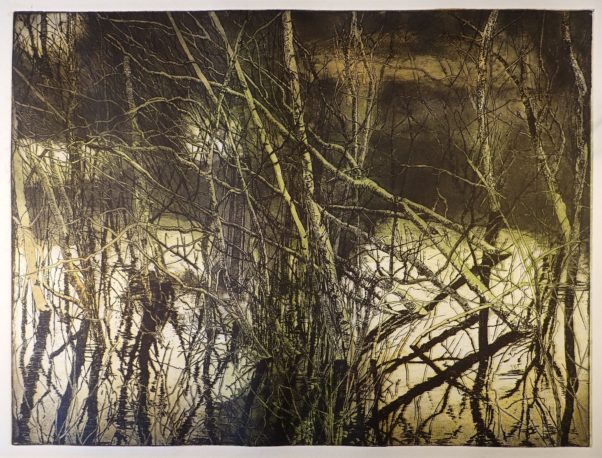
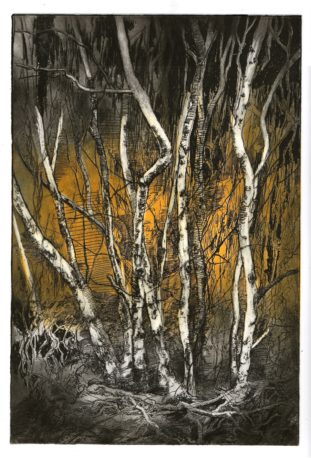
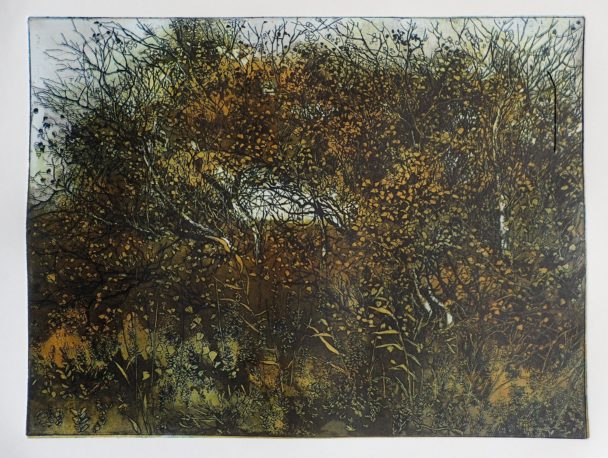
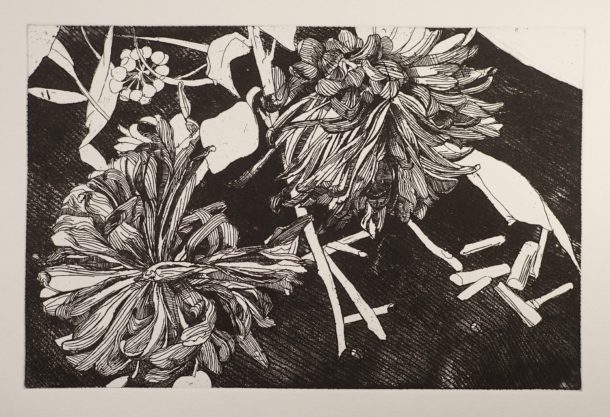
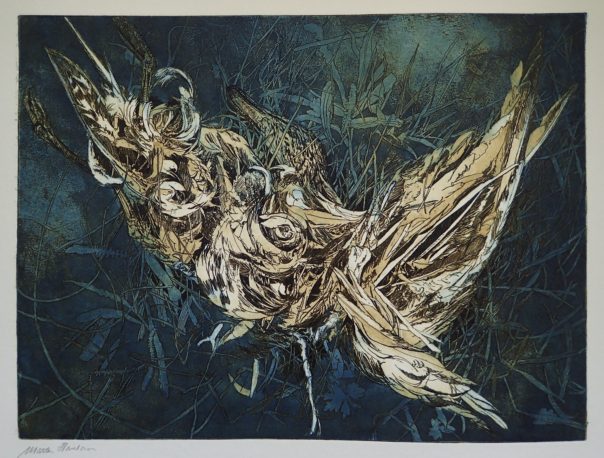
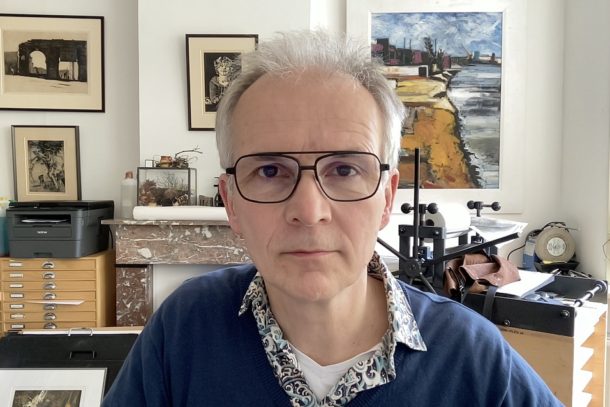

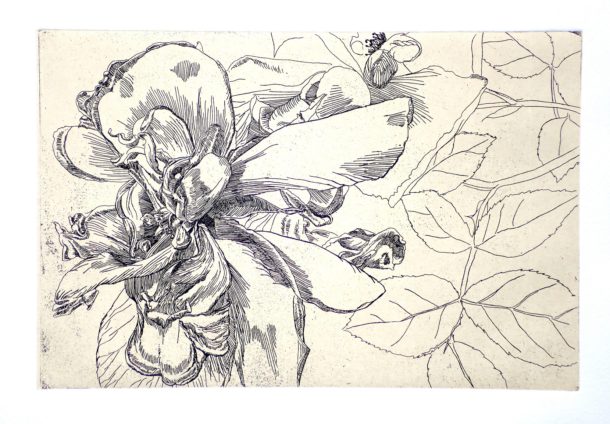
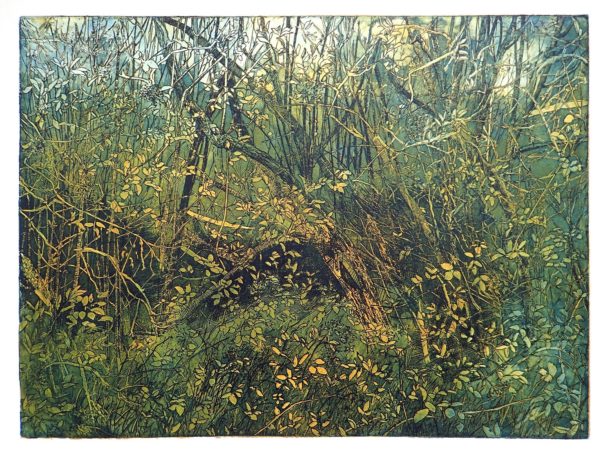
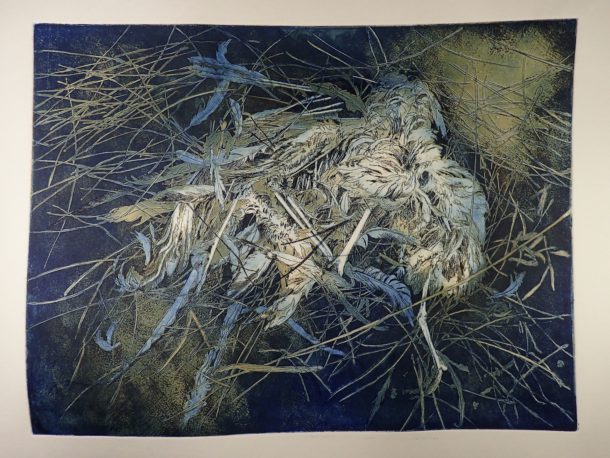














The opinions expressed by individual commentators and contributors do not necessarily constitute this website's position on the particular topic.